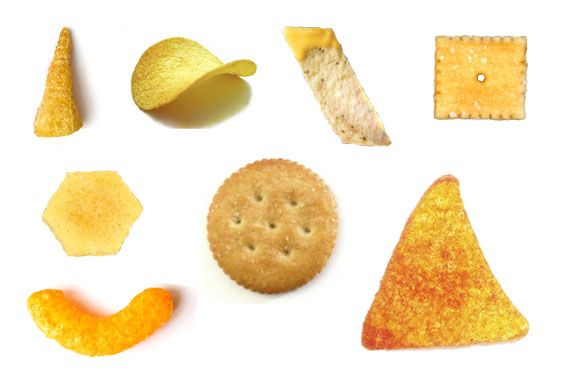Geometry life
The word geometry has its Greek roots, Geo (earth) and Metria (measurement), which means measurement of the earth. Geometry is a multifaceted branch of mathematics. One could say that the origin of mankind is where geometry comes from, when primitive man in his unconscious way classified objects according to their shape and size. It dates back to about three thousand years before Christ (BC), particularly the ancient Egyptians who needed to measure their agricultural fields and in the construction of their great works such as the pyramids and their monuments. These early achievements of geometry were only put into practice, without any kind of reasoning or demonstration. All this primitive knowledge was passed on to the Greeks, who were the first to formalise geometry, particularly by considering objects as ideal entities, such as a circle instead of a well's eye and a square instead of a simple wall. One of the first to see geometry demonstratively through reasoning w...
